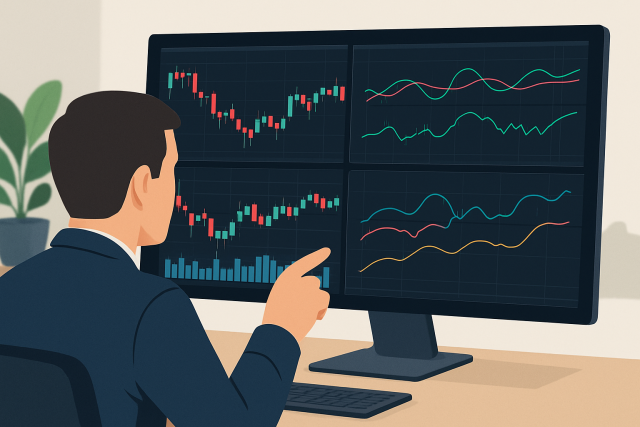
How To Use TradingView To Navigate Charts And Tools Easily
Discover a step-by-step guide to using TradingView for seamless chart navigation and mastering its p...
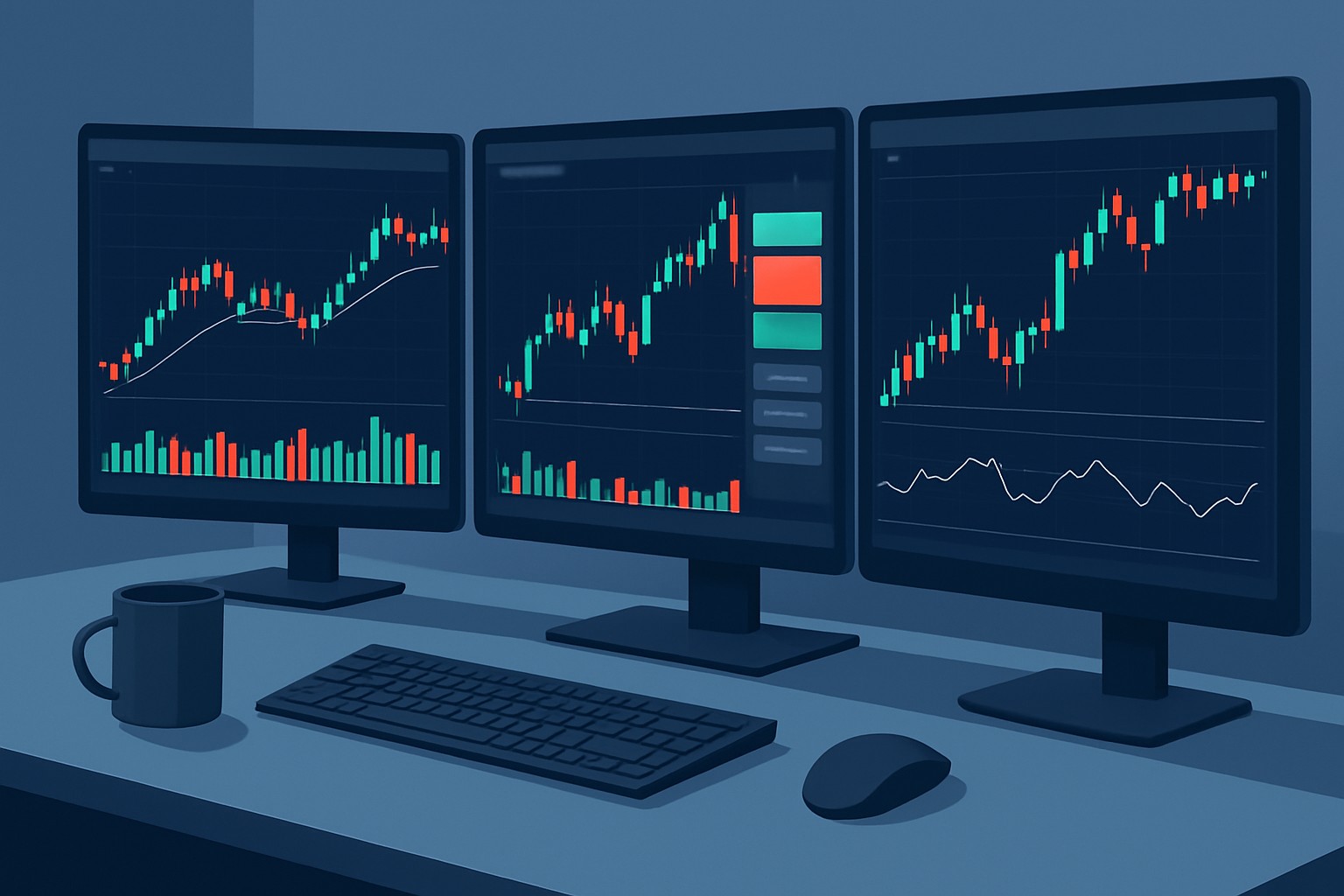
Automated Trade Management (ATM) in TradingView is a handy tool that takes the hassle out of trading by automating essentials like setting stop losses, take profits and trailing stops. Using ATM can seriously up your trading game by trimming tedious manual tasks and giving your risk control a nice boost.
TradingView is a well-rounded trading platform that really shines thanks to its user-friendly charting tools and a buzzing social community you can actually engage with. ATM fits right into this ecosystem by offering a straightforward way to automate trade exits, letting traders handle orders alongside their technical analysis.
ATM (Automated Trade Management) in TradingView lets traders lay down predefined rules for stop losses, take profits and trailing stops. It also handles position scaling so the system takes the wheel and manages trades automatically.
ATM really shines in volatile markets where prices can quickly slice profits or expand losses before you even blink. It is a natural fit for strategies like scalping, day trading and swing trading—basically any game where timing your exit just right makes all the difference.
Before you dive into setting up the ATM in TradingView, it is a good idea to double-check that your account is fully configured and that you have the right subscription. Some of those nifty advanced order management features usually require a Pro+ plan or higher. Take some time to get comfortable with TradingView's charting interface because that is where you will find both the ATM controls and the usual order entry tools.
Log into your TradingView account and pull up the chart for the trading instrument you are interested in.
Hunt down the order panel—usually hanging out on the right side or just below the chart—and give it a click.
Look for the 'ATM Strategy' option, or you can sneak into the ATM settings right from the order entry window.
Hit 'Create New ATM Strategy' to kick off setting up your trade management rules—this is where the magic begins.
Don’t forget to save your template so you can breeze through setting up future trades without breaking a sweat.
Setting up your first ATM strategy is all about picking the right settings like stop loss distance, take profit levels, trailing stop triggers and rules for tweaking your trade size on the fly. These choices basically call the shots on how your trades behave once they’re underway.
Start by defining the stop loss. This could be a fixed price, a percentage or a set number of points away from where you entered the trade.
Pick your take profit levels carefully. This is where your trade will automatically secure those hard-earned gains.
Turn on trailing stops if you would like your stop loss to move with the price to protect your position as things hopefully go your way.
Use scaling rules to gradually withdraw parts of your position based on specific targets or conditions. Think of it like easing out of the water instead of making a full dive.
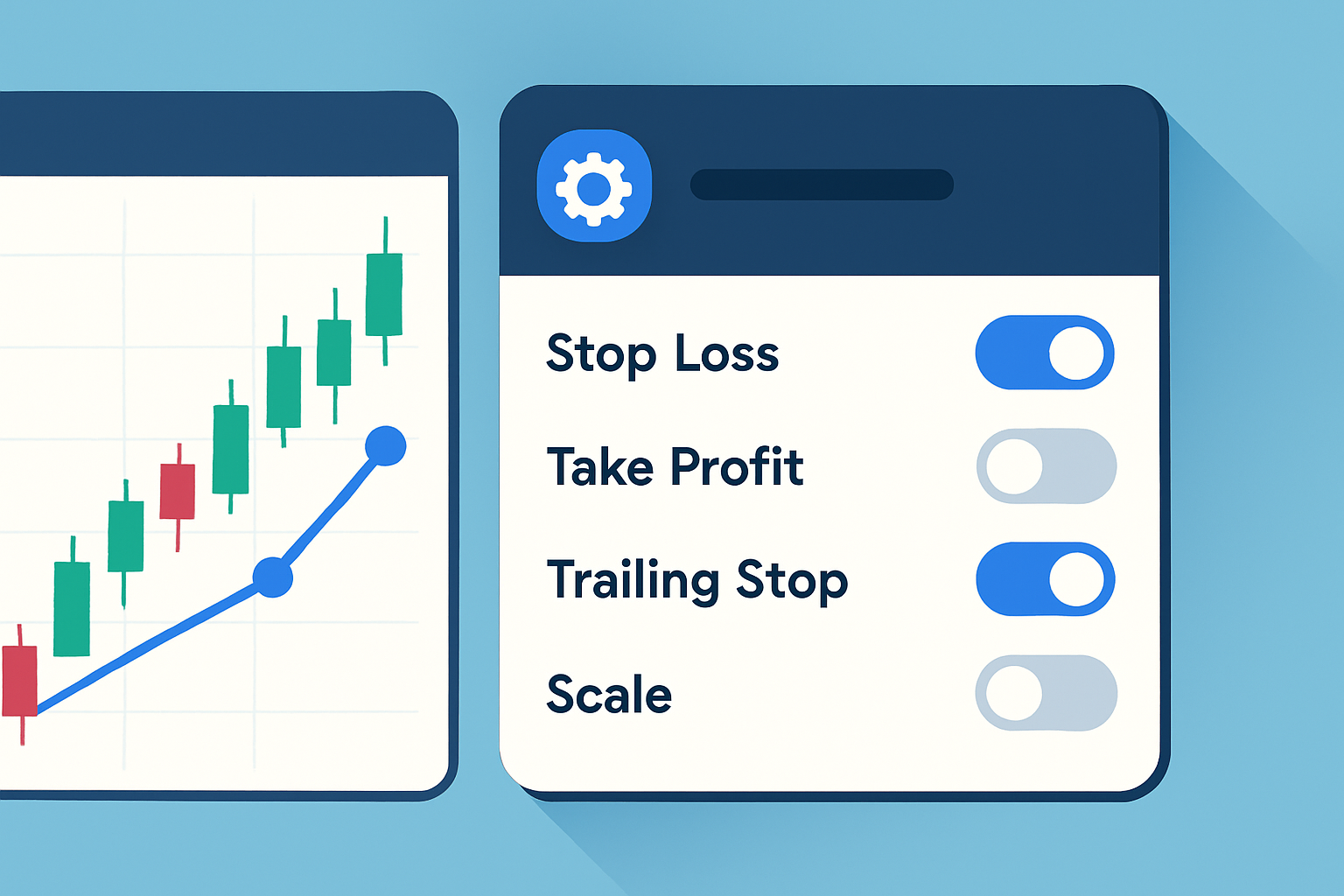
TradingView ATM settings panel with highlighted key fields like stop loss, take profit, trailing stops, and position scaling options.
Customizing your ATM settings really comes down to your trading style and the kind of asset you’re dealing with. Volatile assets often call for wider stop losses and tighter trailing stops—it’s a bit like giving them some breathing room while keeping a close eye. More stable instruments usually let you take a more measured, cautious scaling approach.
Before you go live with your ATM setup, it’s a smart move to backtest or simulate the strategy using historical data or paper trading accounts first. This little step acts like a safety net, helping you confirm that your parameters behave as expected across all kinds of market conditions.
Flip on TradingView’s paper trading mode and get a feel for entering and exiting trades using your ATM settings. It’s like a sandbox for your strategy.
Take a good look at how stop losses and take profits behave against past price moves because it offers useful insights.
Tweak those parameters bit by bit to improve your position sizing, stop levels and scaling increments until they feel just right.
Once you’re feeling confident, activate ATM in your live trading setup by linking it with your brokerage accounts that TradingView supports.
Keep a close watch on your ATM settings and be ready to adjust them whenever the market throws its usual curveballs.
TradingView’s live interface lets you watch your ATM strategy unfold in real time, almost like having a front-row seat to the action as trades open and evolve. You can tweak trailing stops or scaling orders on the fly whenever the market throws you a curveball.
Keeping an ATM setup effective means you need to regularly review and adjust it so it stays aligned with changing market conditions and your trading goals. Premature exits often happen when stops are set too tightly, leaving you puzzled. Also, do not forget about scaling strategies because ignoring them can result in missed opportunities.
Using ATM hand-in-hand with TradingView's powerful charting and analysis tools can really help you keep a cool head and stay disciplined when managing your risk. Automating your trade exits with clear, data-driven rules not only trims down those pesky emotional decisions but also brings a welcome boost in consistency across different markets and trading styles.
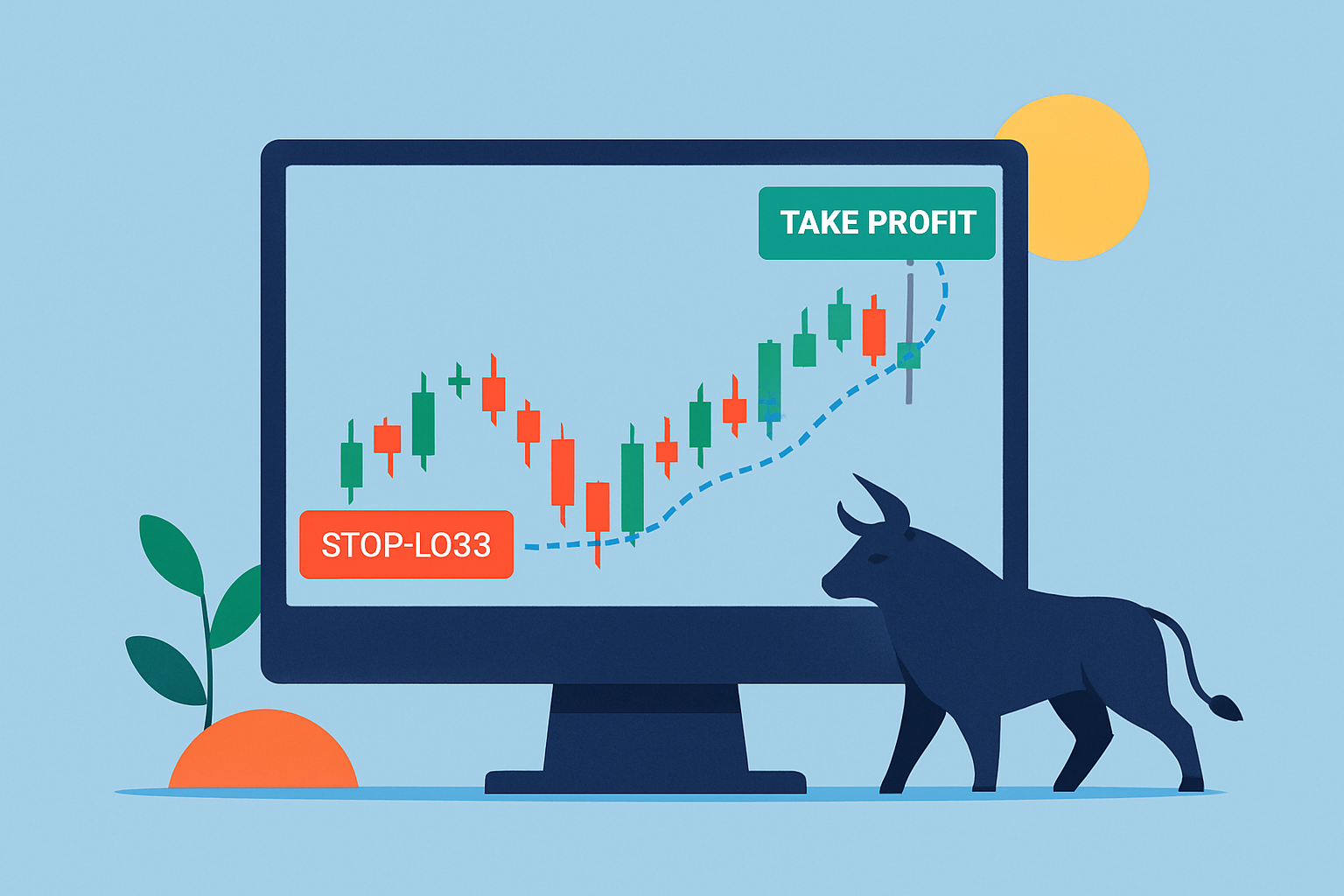
Example TradingView chart illustrating how ATM triggers stops, profits, and scaling during a live trade session.
Struggling to improve your trading performance? Edgewonk's advanced analytics tools are designed to give you the edge you need.
With detailed trade journaling, robust strategy analysis, and psychological insights, you'll gain a comprehensive understanding of your strengths and weaknesses. Don't miss out on this game-changing opportunity.
Traders, it's time to elevate your game. Edgewonk is the ultimate trading journal software designed to empower you with data-driven insights and personalized strategies. Take control of your trading journey and maximize your potential.
27 articles published
With 20 years experience in commodity trading, Jasper provides insights into energy markets, precious metals, and agricultural futures with a focus on macroeconomic trends.
Read Posts
Discover a step-by-step guide to using TradingView for seamless chart navigation and mastering its p...

Discover top TradingView alternatives designed for traders seeking advanced automation, enhanced ale...
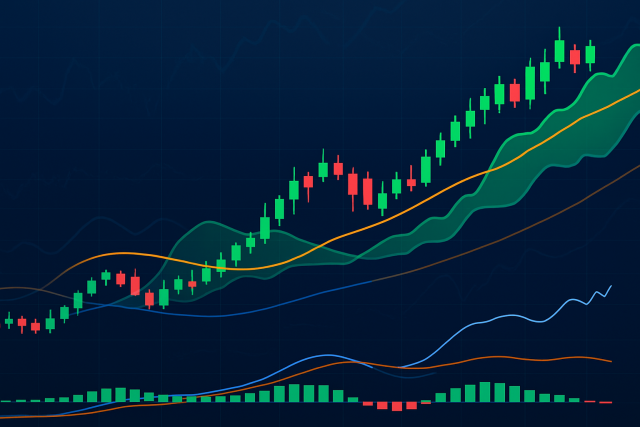
Master trend spotting with the best TradingView indicators carefully selected for accuracy, ease of...
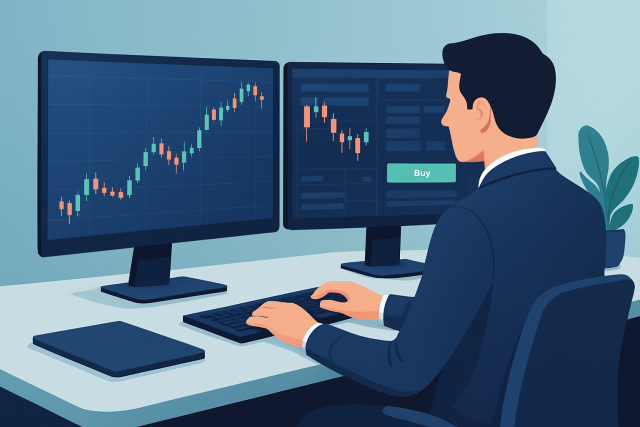
Discover the step-by-step process to enable TradingView on Tradovate, unlocking seamless trading com...
